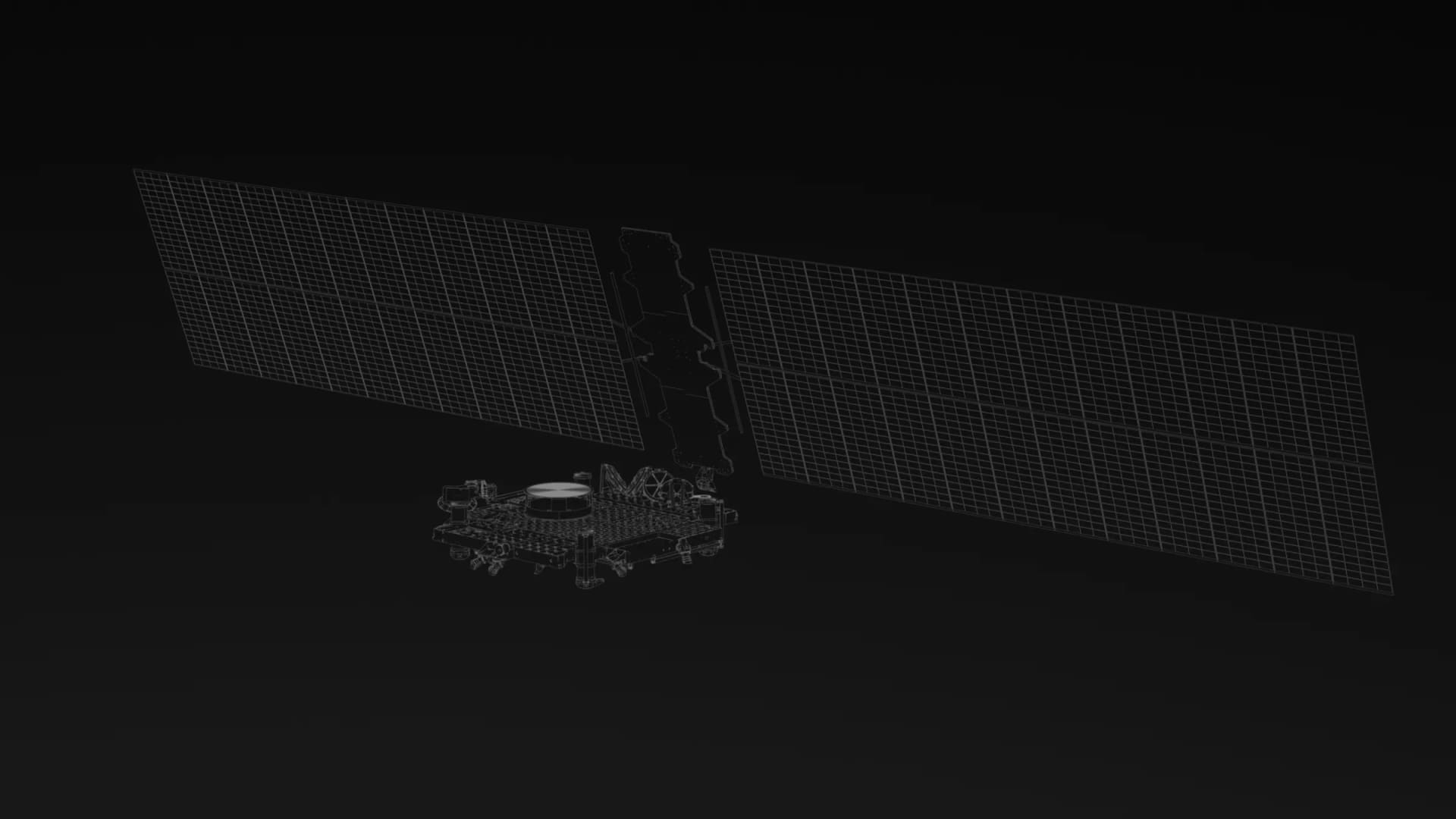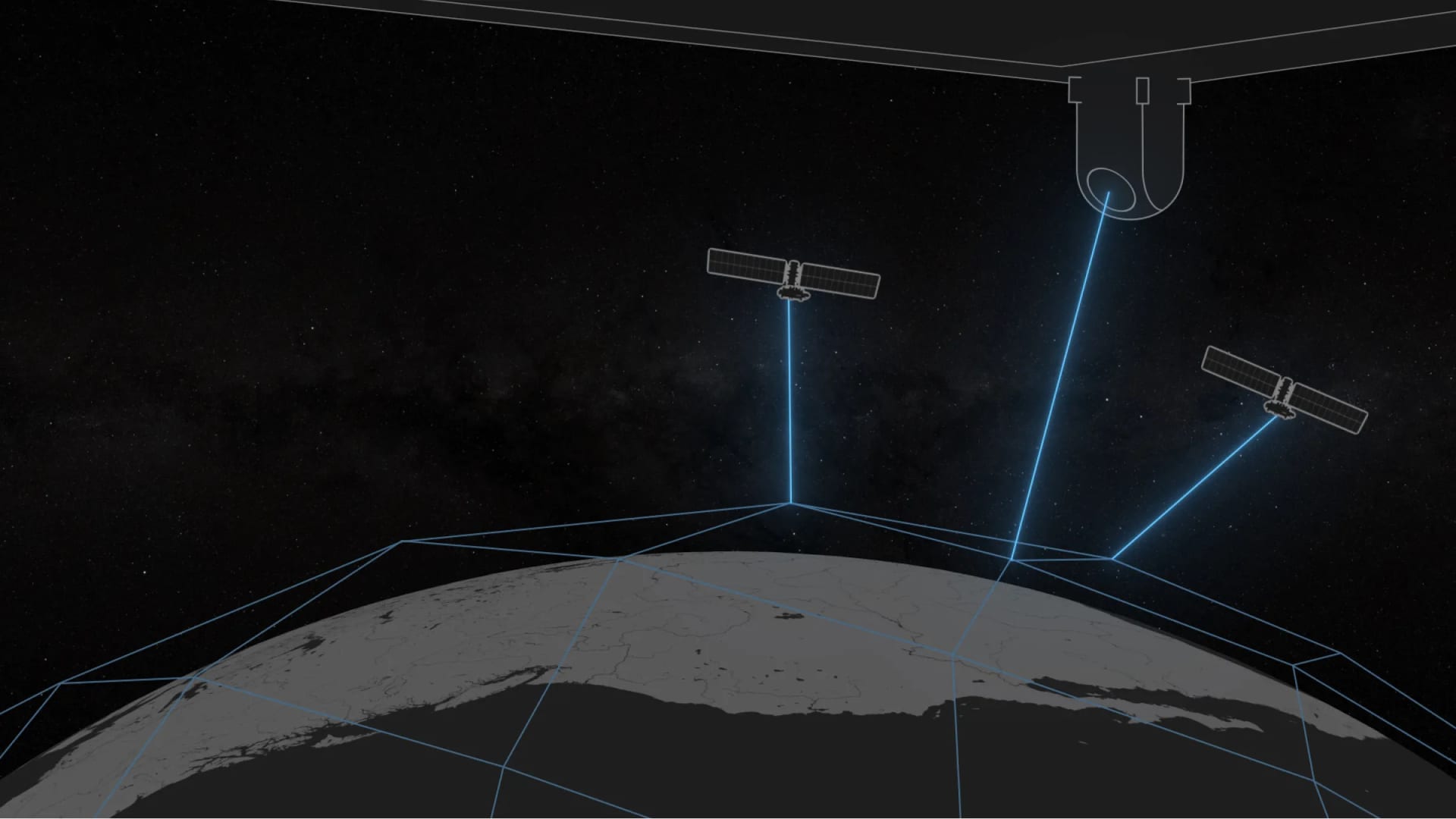
- Elon Musk's SpaceX is expanding its Starlink satellite technology into military applications with a new business line called Starshield.
- "While Starlink is designed for consumer and commercial use, Starshield is designed for government use," the company wrote on its website.
- Few details are available about the intended scope and capabilities of Starshield, and the company hasn't previously announced tests or work on the technology.
Elon Musk's SpaceX is expanding its Starlink satellite technology into military applications with a new business line called Starshield.
Starshield is likely to further tap the company's biggest U.S. government customer – the Pentagon – which already represents a high-value buyer of SpaceX's launches and has shown significant interest in the capabilities of Starlink.
"While Starlink is designed for consumer and commercial use, Starshield is designed for government use," the company wrote on its website.
Feeling out of the loop? We'll catch you up on the Chicago news you need to know. Sign up for the weekly Chicago Catch-Up newsletter here.
Few details are available about the intended scope and capabilities of Starshield. The company hasn't previously announced tests or work on Starshield technology.
On its website, SpaceX said the system will have "an initial focus" on three areas: Imagery, communications and "hosted payloads" – the third of which effectively offers government customers the company's satellite bus (the body of the spacecraft) as a flexible platform.
Sign up here to receive weekly editions of CNBC's Investing in Space newsletter.
The company also markets Starshield as the center of an "end-to-end" offering for national security: SpaceX would build everything from the ground antennas to the satellites, launch the latter with its rockets, and operate the network in space.

SpaceX notes that Starshield uses "additional high-assurance cryptographic capability to host classified payloads and process data securely," building upon the data encryption it uses with its Starlink system.
Another key feature: the "inter-satellite laser communications" links, which the company currently has connecting its Starlink spacecraft. It notes that the terminals can be added to "partner satellites," so as to connect other companies' government systems "into the Starshield network."

SpaceX continues to build out its Starlink system, with the company last week winning key FCC approval for expansion. The company's leadership has previously estimated that Starlink could bring in as much as $30 billion in revenue a year.
Money Report
But Starshield represents a step beyond commercial markets. The Pentagon has already made clear that it's willing to spend heavily to have companies build out next-generation satellite capabilities.






